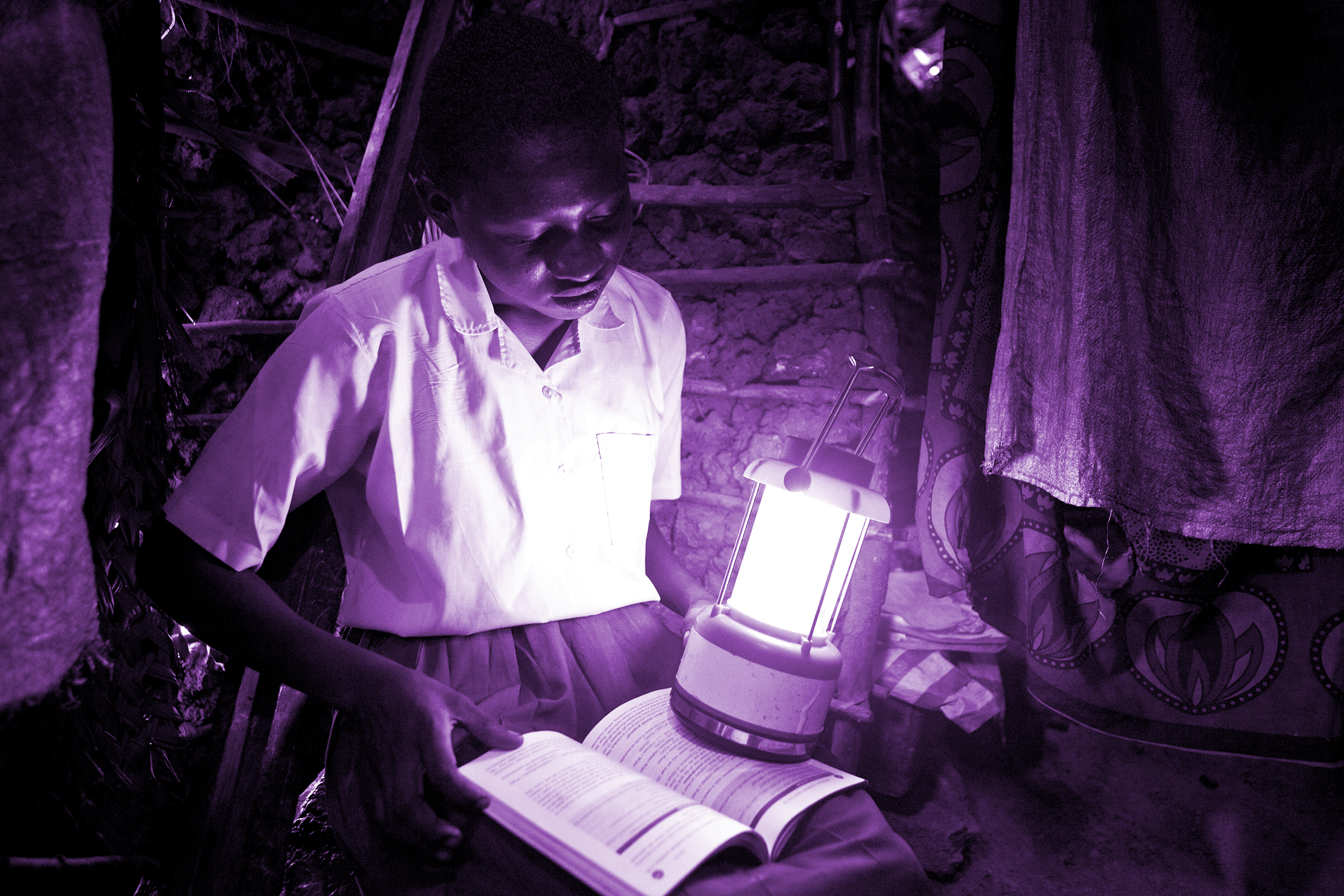
You bring your feverish baby to the hospital in the middle of the night. The nurse asks you to go home to get a flashlight. When the flashlight batteries give out, she resorts to a flickering candle to guide the insertion of an IV needle, delivering malaria medicine, into your baby’s hand.
Maybe you don’t have a baby. Maybe you travel 14 miles a day by public bus to buy fresh fish to sell in your village. Every day, you must sell the fish before your ice melts and your inventory becomes worthless.
In much of Africa, this is the norm. Almost half of the continent’s 1.3 billion population live without electricity, which destroys opportunities for education, jobs and adequate medical care. That’s why the U.N. has set the global goal of providing electricity by 2030 to 600 million people who are currently without it. Achieving that target will require the participation of a range of players: large organizations like the Rockefeller Foundation; development institutions like the World Bank; the governments of African countries; and entrepreneurial minigrid utility companies like Energicity. Together, building on successes of recent years, we should aim to provide 6 million additional people with sustainable electricity in 2022, to put us on a pathway to reaching 600 million by 2030. To do so, all participants need to embrace new strategies over the next 12 months.
The results of fossil-fuel-based, centralized, power-plant strategies of the past 50 years speak for themselves: high levels of pollution and slow rollouts due to high construction and fuel costs. Instead, we need to focus on minigrid-based electricity powered by solar power and batteries, which can provide 24-hour clean energy. And because they are decentralized—with the electricity that each community needs provided by solar farms in the area (optimized through artificial intelligence and Internet of Things technologies) and without long, expensive transmission lines—minigrids are often low-cost and deployable in weeks. Already, Energicity has brought solar-powered electricity to 40,000 people, and our goal for 2022 is to reach 250,000 more, across four countries in West Africa.
With over $10 billion committed—including pledges from organizations like the Rockefeller Foundation and from a multitude of governments—bringing green power to 6 million people in 2022 should be achievable. We have some successful models already, like a private-public partnership in Sierra Leone; minigrid companies Energicity, Winch Energy and PowerGen; the U.K. Foreign, Commonwealth and Development office; and private investors providing equity funding. Together, we expect to bring minigrid-based power to 10% of Sierra Leone’s population in the next 12 months.
One of Energicity’s customers in Sierra Leone is Memenatu, a businesswoman living in the fishing town of Kychom. Without electricity to power a freezer, she bought fish to dry in the sun, so that it would keep as she traveled the 25 miles to sell in Kambia, the district capital. Knowing she did not have enough time to dry many fish in the sun before they spoiled, she bought only 20 at a time, and because dried fish did not sell for very much she made only about $20 on market days. After she got connected to Energicity’s solar minigrid, though, Memenatu could afford to buy and power a freezer—and as a result, her family’s income has increased by some 700%. The frozen fish are much more valuable in the market than dried fish, and she can buy many more each day because freezing is faster than drying.
There are millions like her, for whom there’s a clear solution forward, one that brings needed access to electricity to those who lack it, while building up infrastructure that will help reduce human contributions to global climate change. We just need everyone involved, from foundations to climate consultants to national governments to private investors, to not only commit to the distributed solar-energy approach, but also, in 2022, to act on it.
This essay is part of a series on concrete goals the world should aim for in 2022 in order to put us on track to avert climate change-related disaster. Read the rest here.
More Must-Reads from TIME
- Why Biden Dropped Out
- Ukraine’s Plan to Survive Trump
- The Rise of a New Kind of Parenting Guru
- The Chaos and Commotion of the RNC in Photos
- Why We All Have a Stake in Twisters’ Success
- 8 Eating Habits That Actually Improve Your Sleep
- Welcome to the Noah Lyles Olympics
- Get Our Paris Olympics Newsletter in Your Inbox
Contact us at letters@time.com